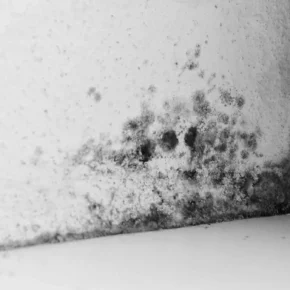Condensation on windows is a common problem during the winter. Not only is it uncomfortable, it can also lead to mold and damage to window frames. The cause of this phenomenon is the temperature difference between the warm interior air and the cold glass.
Let’s look at the main causes of condensation and ways to combat it.
Causes of condensation

- High indoor humidity.
Excessive water vapor in the air settles on cold surfaces. - Poor ventilation.
Insufficient air exchange contributes to the accumulation of moisture. - Poor quality or old windows.
Single-chamber double-glazed windows or poor sealing can cause the glass to cool quickly. - Incorrect room temperature.
Excessively low or high temperatures can create favorable conditions for condensation.
Ways to combat condensation

1. Indoor humidity control
- Use dehumidifiers. This will help reduce humidity levels to the optimal 40–60%.
- Ventilate rooms regularly. It is best to do this several times a day for 10–15 minutes.
2. Improving ventilation
- Install ventilation valves on windows for a constant flow of fresh air.
- Ensure that exhaust ventilation in the bathroom and kitchen is working properly.
- If necessary, install a heat recovery unit to retain heat during ventilation.
3. Window insulation
- Replace old windows with modern energy-efficient double or triple-glazed windows.
- Check the seals for leaks and replace them if they are worn.
- Use special films on glass that prevent it from cooling too much.
4. Maintaining a warm glass temperature
- Move heating radiators closer to windows or install heat-reflecting screens behind radiators.
- Ensure free access of warm air to the glass by avoiding covering window sills with curtains or furniture.
5. Additional protections
- Moisture absorbers: Use special silica gel packets or other absorbent materials near windows.
- Folk remedies. A solution of water with vinegar or glycerin can be applied to glass to reduce the formation of droplets.
What to do if the problem persists?
If the condensation does not disappear even after using these methods, you should:
- Check the quality of the windows and their installation.
- Consider installing a climate control system to automatically regulate humidity.
- Contact specialists for a comprehensive inspection of the ventilation and heating system.
Combating condensation on windows requires a comprehensive approach. The main focus should be on humidity control, improving ventilation, and insulating windows. Addressing this problem early will not only ensure comfort in your home, but also extend the life of your windows.















